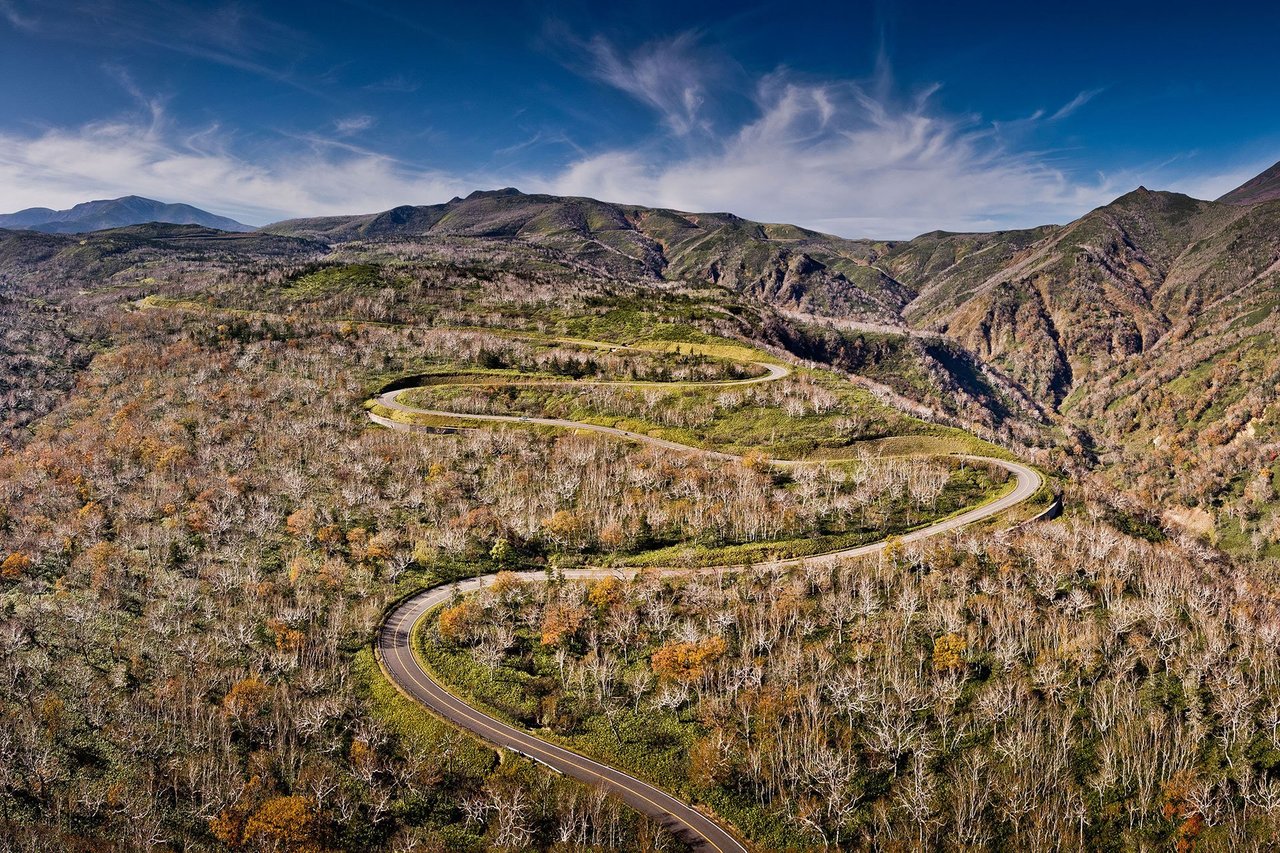


America was once the place of yearning for young people - and a road trip through the endless expanses of the West was a dream that was fueled by every new book, song and film. But since the new millennium, Japan has replaced the USA as the dream destination. In no other country has pop culture reached such a level of complexity. And nowhere else can you shop, dine and enjoy the latest jazz records in the world's hottest listening bars with the same sophistication as Tokyo. Given the omnipresent urban Instagram images of longing, you sometimes forget that Japan is also a wonderful travel destination for road trips - and that the island has some of the most winding dream roads in the northern hemisphere. This autumn, curve hunter and photographer Stefan Bogner was on their trail: at the wheel of a brand new Porsche Boxster in the pop-referential color "Rubystar" and two Taycan electric cars, he explored the country's world-famous but also lesser-known driving routes for the latest issue of "Curves". The magazine was produced in collaboration with Porsche Japan and will be published next spring, but in the meantime we asked Stefan for an interim report.
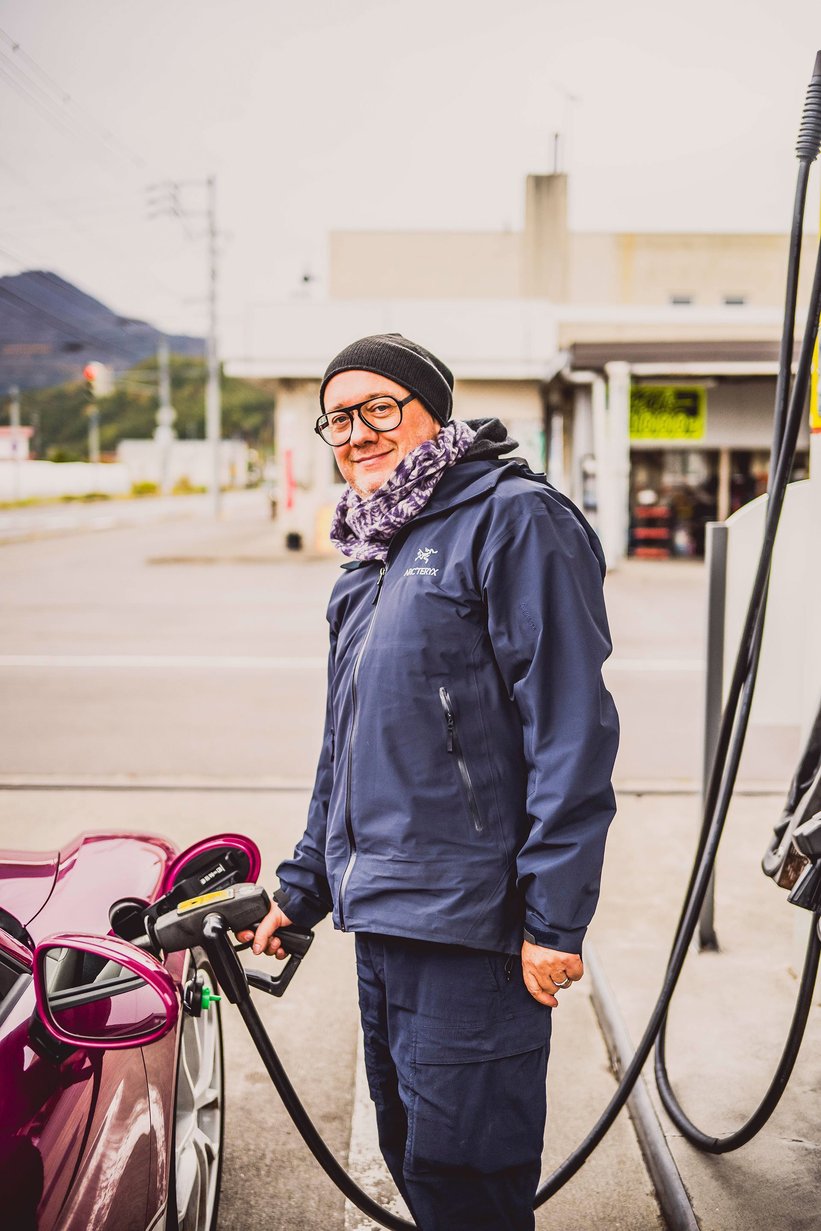
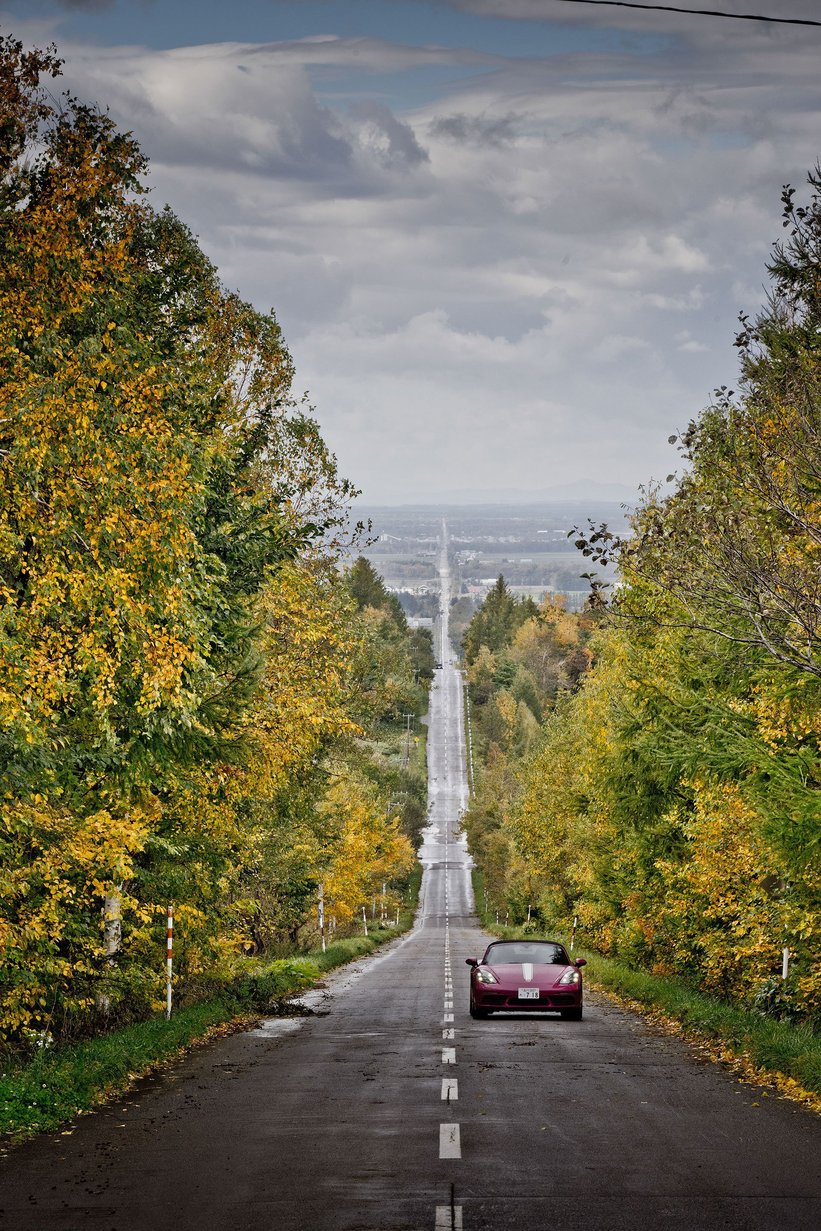
Stefan, you have traveled the world for “ Curves ”, but this is your first time in Japan. What was your first impression – as a photographer, designer and visual person?
we know Tokyo from countless films from “Akira” to “Lost in Translation”, so you already have a lot of images in your head and have to free yourself first to avoid just reproducing clichés. But what immediately struck me was the clarity of the overall picture, the geometry of the houses with their tiled walls. It almost seems as if everything was built on a grid, designed on graph paper. The power cables also hang straight between the pylons. In terms of color, everything is subtle, refined, reserved. But of course you can also have the complete opposite in Tokyo, the full overdose of flickering shapes - and all the cultural madness from Godzilla to manga. I also find Tokyo very exciting acoustically: there is no honking, there is no shouting, even the construction sites seem somehow quieter than anywhere else in the world. Life doesn't take place on the street either, but indoors. Silence and contemplation are not something you would normally expect from a pulsating metropolis of millions. But like in “Blade Runner,” there’s always a voice coming from somewhere that speaks to you in a gentle, parental way. And that wants to guide you somewhere. As if the subways and shops were full of children in suits.
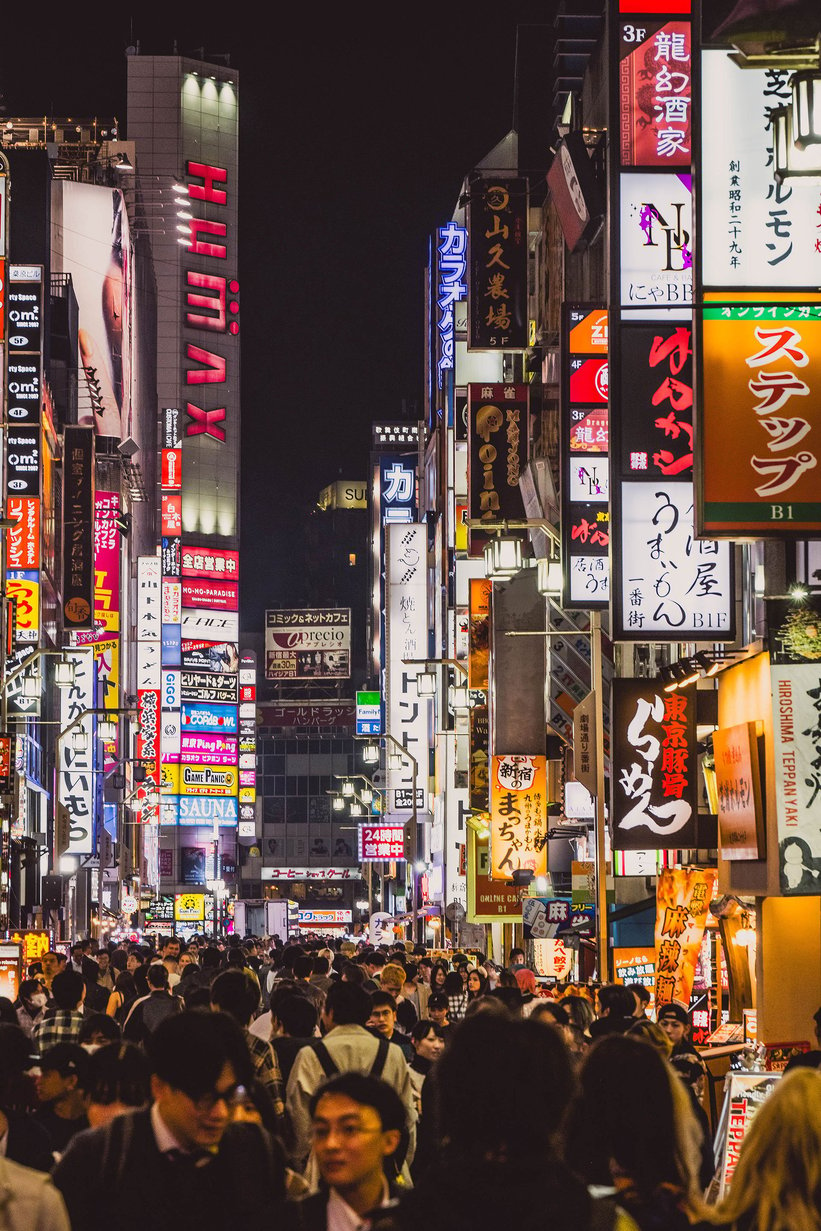

You just spent several months in Thailand, where you opened the pop-up gallery Curvistan Bangkok in the summer. What cultural differences did you first notice?
Compared to Thailand, people in Japan are very reserved, disciplined and focused, but still incredibly friendly. And there are very complex social codes and a clear set of rules that outsiders can only partially understand. But even the effort of saying a few words in Japanese is immediately rewarded. What strikes you in comparison to Europe is how attentive people are in every social interaction. They are focused on the task at hand, in the moment. Nobody puts their phone on the table while eating. The best symbol of this kind of mindfulness is the almost ritualistic handing over of business cards with both hands and eye contact.



Japan is not the first country you usually choose for a road trip, so why did you choose it for the next edition of Curves?
America is considered the mother of all road trip destinations, but in Japan most tourists travel between the individual destinations and sights by Shinkansen express train. I was attracted by the fact that Japan is actually an undiscovered country for road trips.
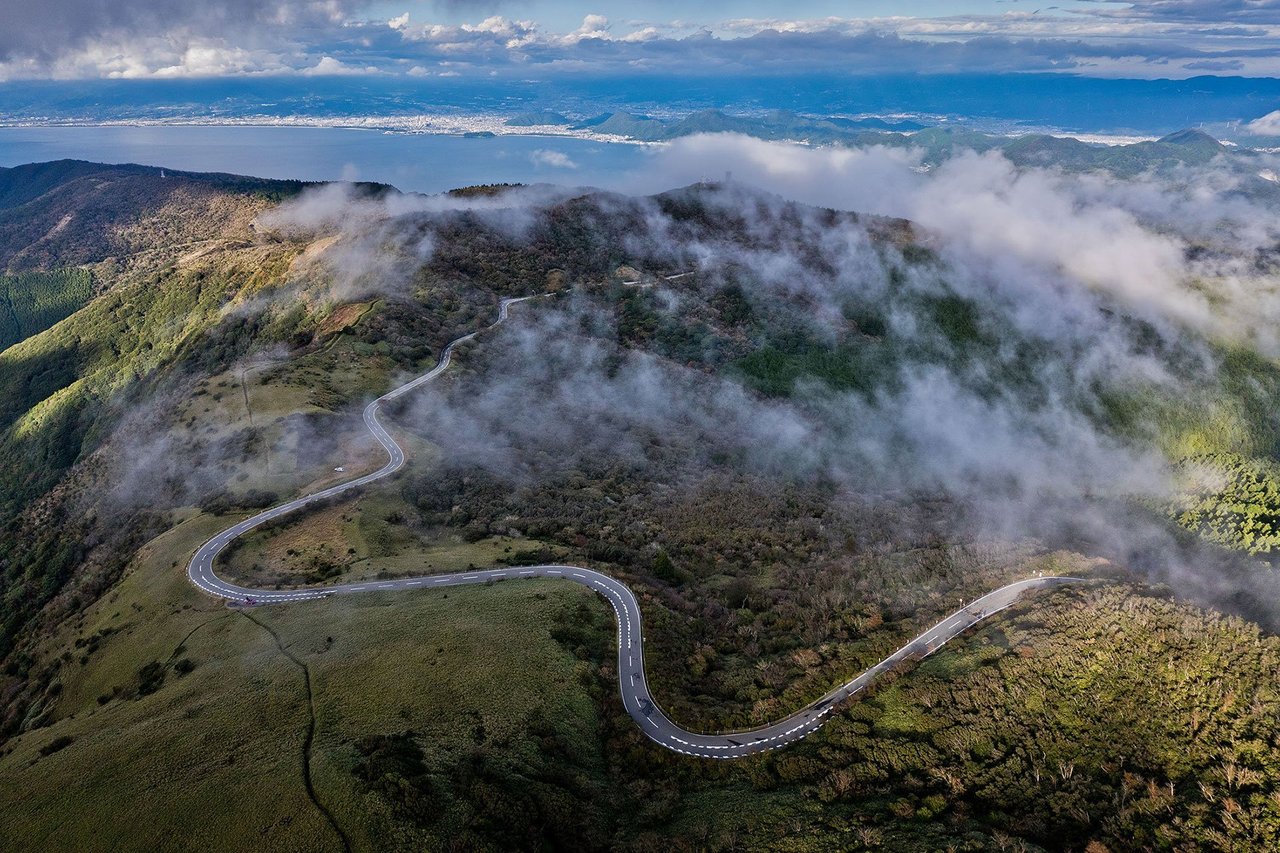


Where did your road trip first take you?
We flew to Tokyo in mid-October and stayed there for three days to get into the groove. At first you feel like you've landed on another planet - and you need time to acclimatise. Then we took the ferry to Hokkaido to explore the streets there before the first snow falls. On Hokkaido we then explored the Akan-Mashū National Park and the Shiretoko National Park - the volcanic landscapes are really spectacular. Then we crossed back to the main island of Honshu. Our next destination was the Tsugaru Iwaki Skyline, a truly breathtaking volcanic road with 69 hairpin bends and gradients of up to ten degrees. It is considered one of the most dangerous mountain roads in the world - and is truly a drifting paradise!


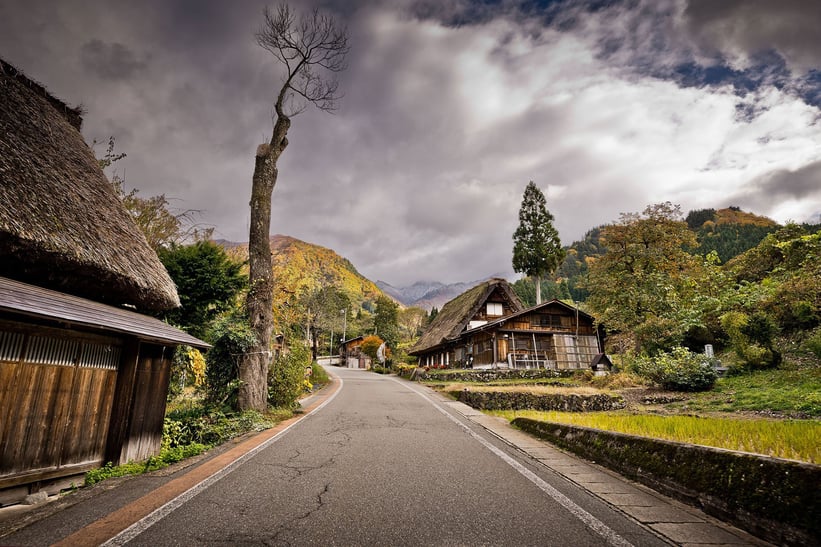
Sounds like fun!
Absolutely! We then drove down the east coast on beautiful coastal roads and turned south of Sendai into the hinterland of Fukushima. There we followed the Bandai- Azuma Skyline, a 29-kilometre-long panoramic road along the Azuma mountain range up to over 1,600 metres. You drive partly above the clouds, through endless orange-red autumn forests - and in the evening, after a perfect meal, you lie down in the onsen bath. With a hot washcloth on your head, you look out over a Zen garden and let the impressions of the day sink in.



We've definitely made a note of that for our next trip. What happened after the Bandai Azuma Skyline?
First, we headed to the temples of Nikko. There is a famous Shinto shrine from the Edo period - well worth seeing. From there we continued west through the Joshin'etsukogen National Park and over the Venus Line. This is a great, 76-kilometer-long road in the Japanese Alps in the province of Nagano, which reminded me a lot of Tuscany. Little traffic, impressive panoramas, lakes and gentle hills covered with Japanese silver grass. Then we went higher and higher into the mountains. The Shirakawa-go "White Road" was really special, it leads from the foot of Hakusan through the mountains to the famous village of Shirakawa-go. It can be completed in about an hour - but I recommend taking more time. In autumn, the restaurants serve seasonal mushroom dishes and sushi with alpine char from the surrounding mountain streams - a dream! After that, we spent a few days in Kyoto, which is something that no trip to Japan is complete without.
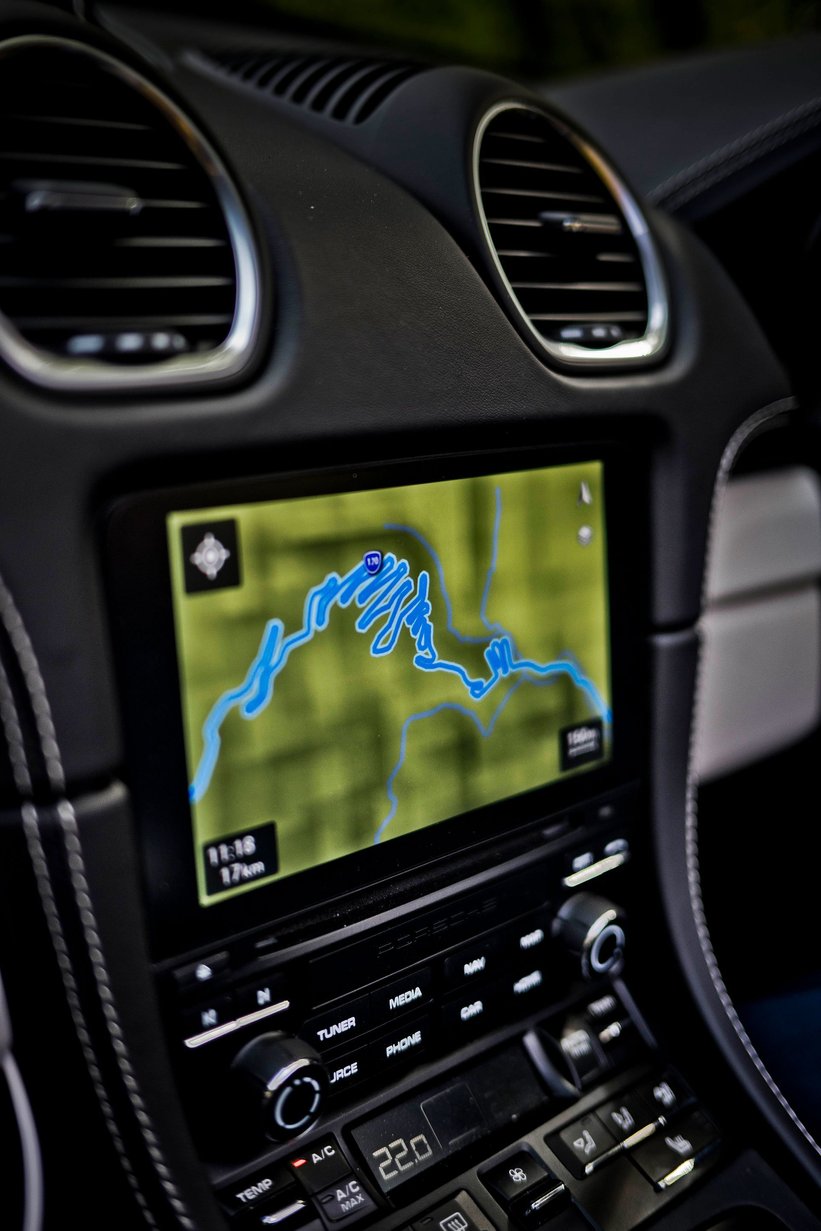

The most famous mountain in Japan is Mount Fuji – did you make a stop there too?
Yes, of course - and the view is impressive. If the visibility is good, you can see the mountain from 200 kilometers away. We had the best view on the Ashinoko-Hakone Skyline Drive. Then we returned to Tokyo.
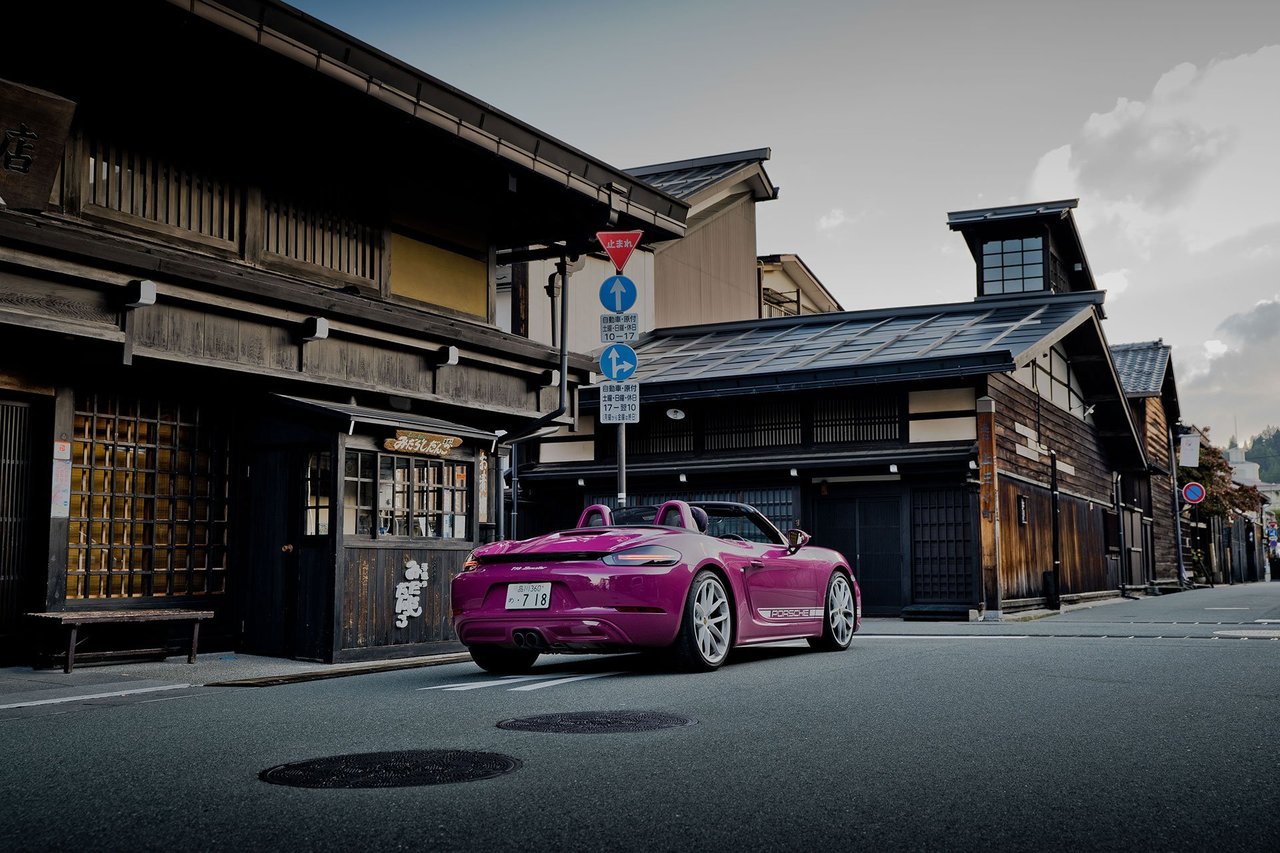
Which cars did you have with you on your trip?
We had a Porsche 718 Boxster in Rubystar - it was really an eye-catcher and a wonderfully sporty companion for the mountain roads. In Tokyo and Kyoto we also had two Taycans, a GTS and a Sport Turismo, both very comfortable for the big cities.


What would you recommend to someone who wants to travel around Japan by car?
Japan is incredibly dense and compressed - like an origami crane folded over and over again. Or a white dwarf in space. You have to work your way through the country with full concentration, paying attention to every detail. In Patagonia, the endless expanse amazed me and left me calm. In Japan, from the culture to the landscape, everything is extremely condensed, and the meaning is not always clear at first glance. So if you are looking for a relaxing holiday, you should travel elsewhere. However, if you want an intense experience, you can really discover Japan very easily and comfortably by car. I recommend planning enough time and only defining a few stops in advance, otherwise just go with the flow and try not to just visit the big tourist centers. That way you will discover places you would never have expected - and with a bit of luck, a little more about yourself.

You are traveling in the fall – would you recommend this time of year?
Momijigari is a traditional Japanese custom in which you enjoy the beauty of the leaves in autumn. And we were treated to wonderful landscapes of yellow, orange and blood red. It rains quite often too - but I don't mind, it gives the photos and the magazine more character. We were almost a little late for Hokkaido, where we were surprised by the first snow.


Anyone who follows you on Instagram knows that you are not only enthusiastic about winding dream roads in the fog - but also about gastronomic delights. What is it really like to eat in Japan?
If you like so-called product cuisine, the food in Japan is fantastic. The fish, the scallop, the carrot itself are the experience. This is culinary perfection. And not in the sense of a brilliant, broad spectrum of flavors, as in Thailand, but totally linear. There is only one flavor per product - and it hits the nail on the head. The chefs here invest decades of their work in the finest details, the smallest nuances. Eating in Japan is also a visual experience. Everything is incredibly clear and geometric, like a Zen garden and perfectly arranged down to the smallest radish shavings. Every grape and strawberry here has the perfect shape and color. Incidentally, this does not only apply to the food: a few days ago we had a Japanese Pinot Noir that really blew me away. But actually it's enough to try different Japanese apple juices - then you know where Bartels gets his juice. This dedication and commitment to strive for the utmost finesse and perfection even in everyday things is what fascinates me most about Japan.


And what about Japanese cars?
For me, Japanese car design is the great exception to this incredibly high aesthetic standard . The complete design interchangeability of most Japanese cars simply doesn't make sense to me. You hardly see any beautiful cars in the classic European sense on the streets of Tokyo; there is an incredible pragmatism. But as a designer, I naturally find the small Kei cars interesting, these moving shoeboxes with a lot of storage space - it's a great concept, because space is scarce here. I find them refreshing. The car scene in Tokyo with its bizarre conversions is also incredibly creative.


What will you miss most about Japan?




















































































































